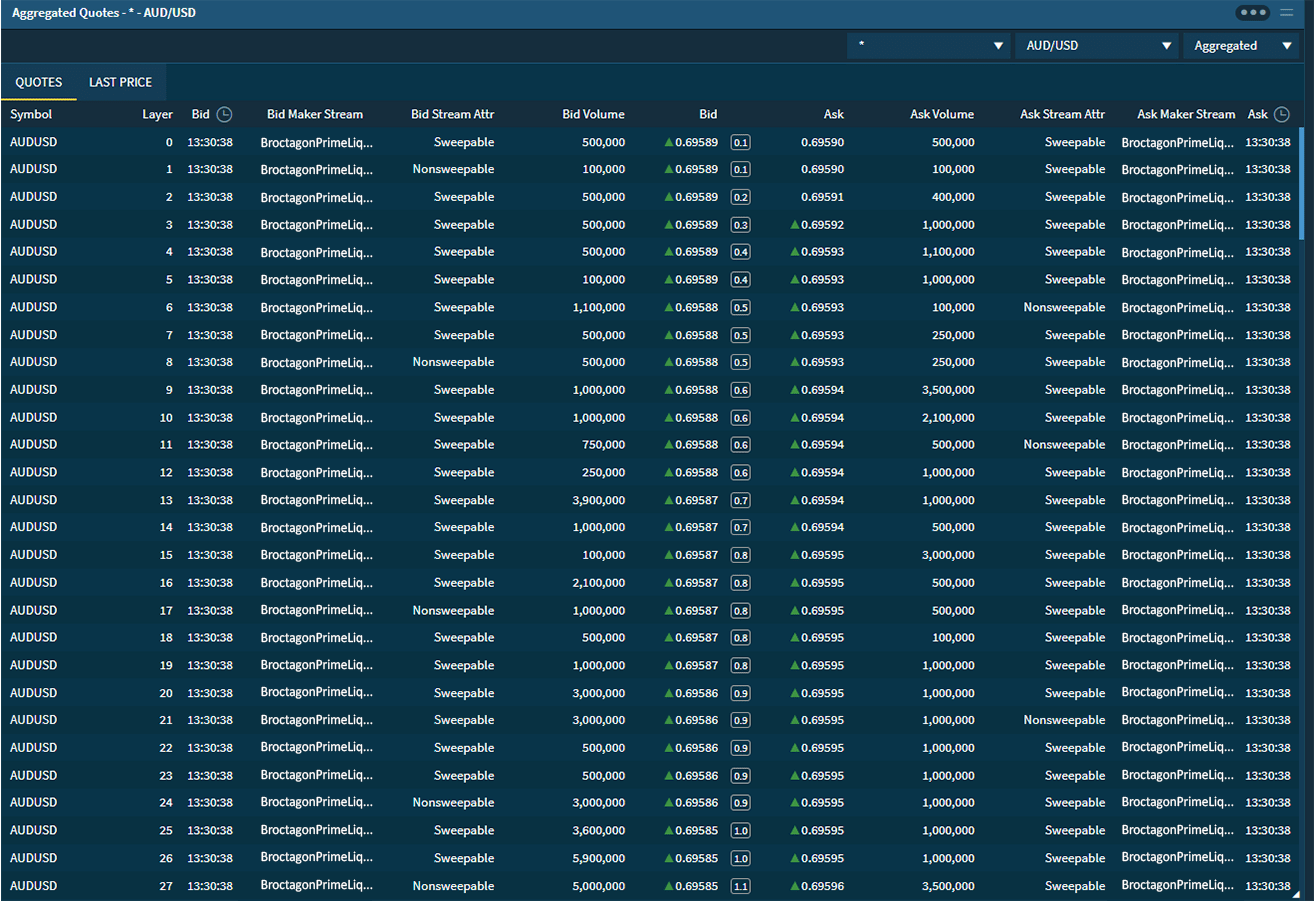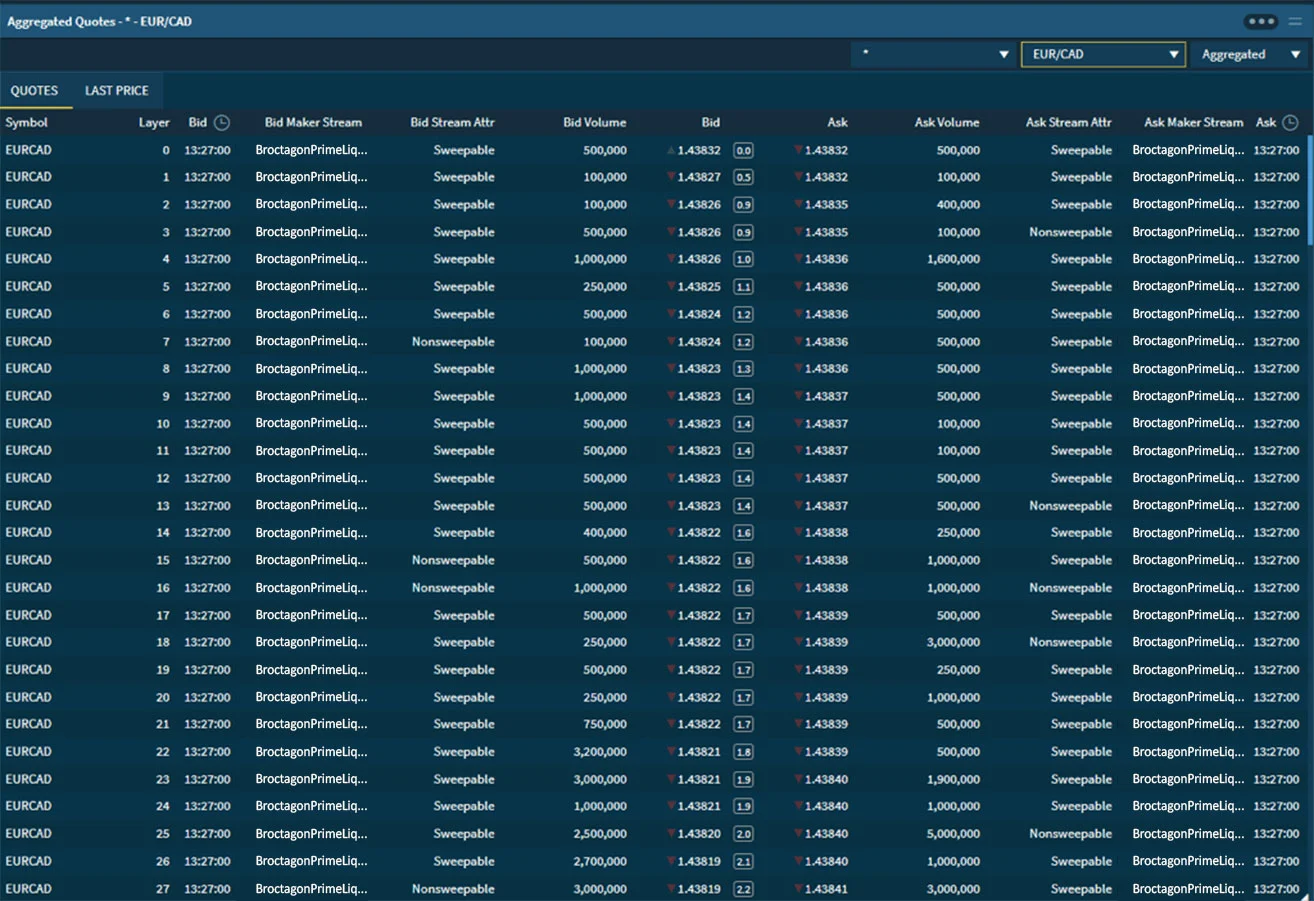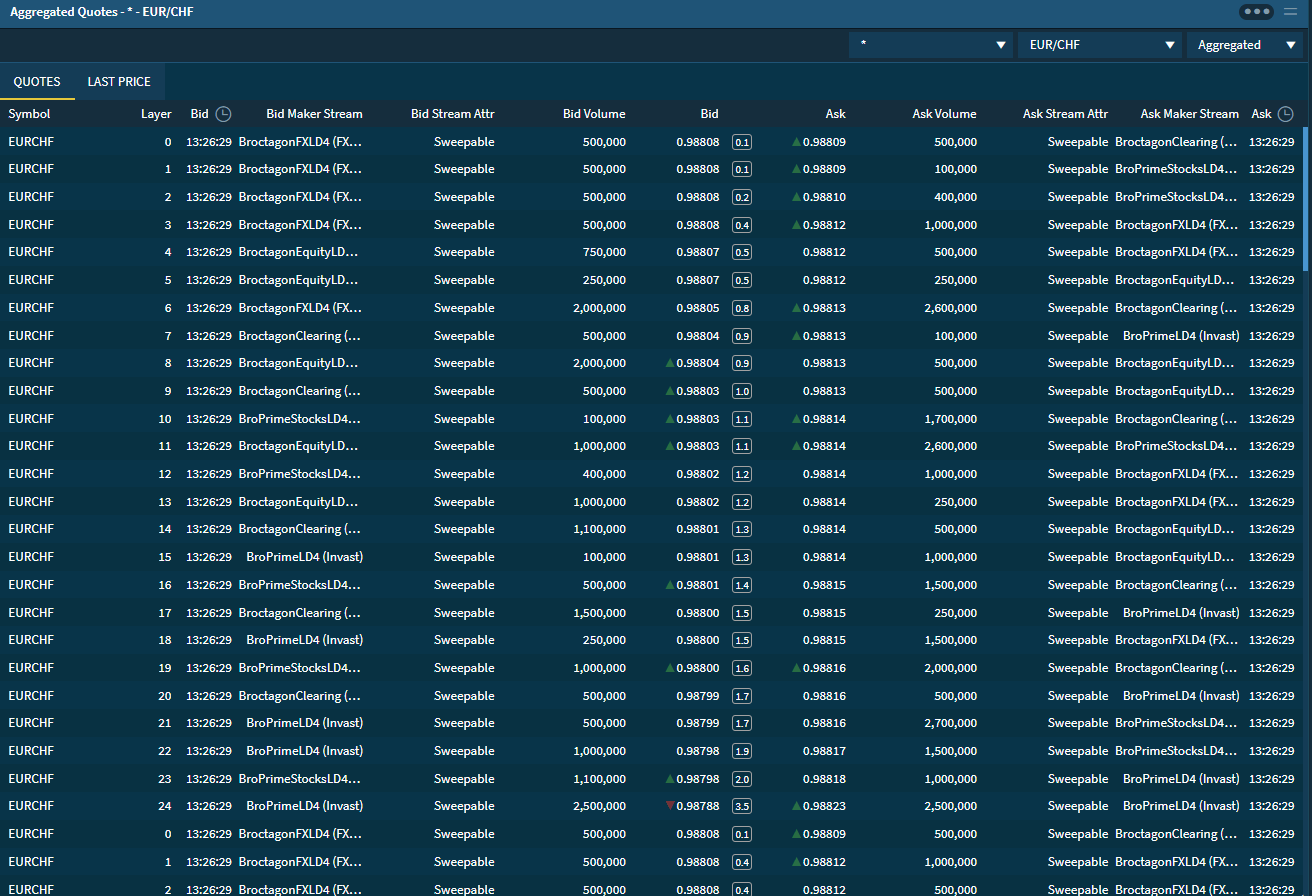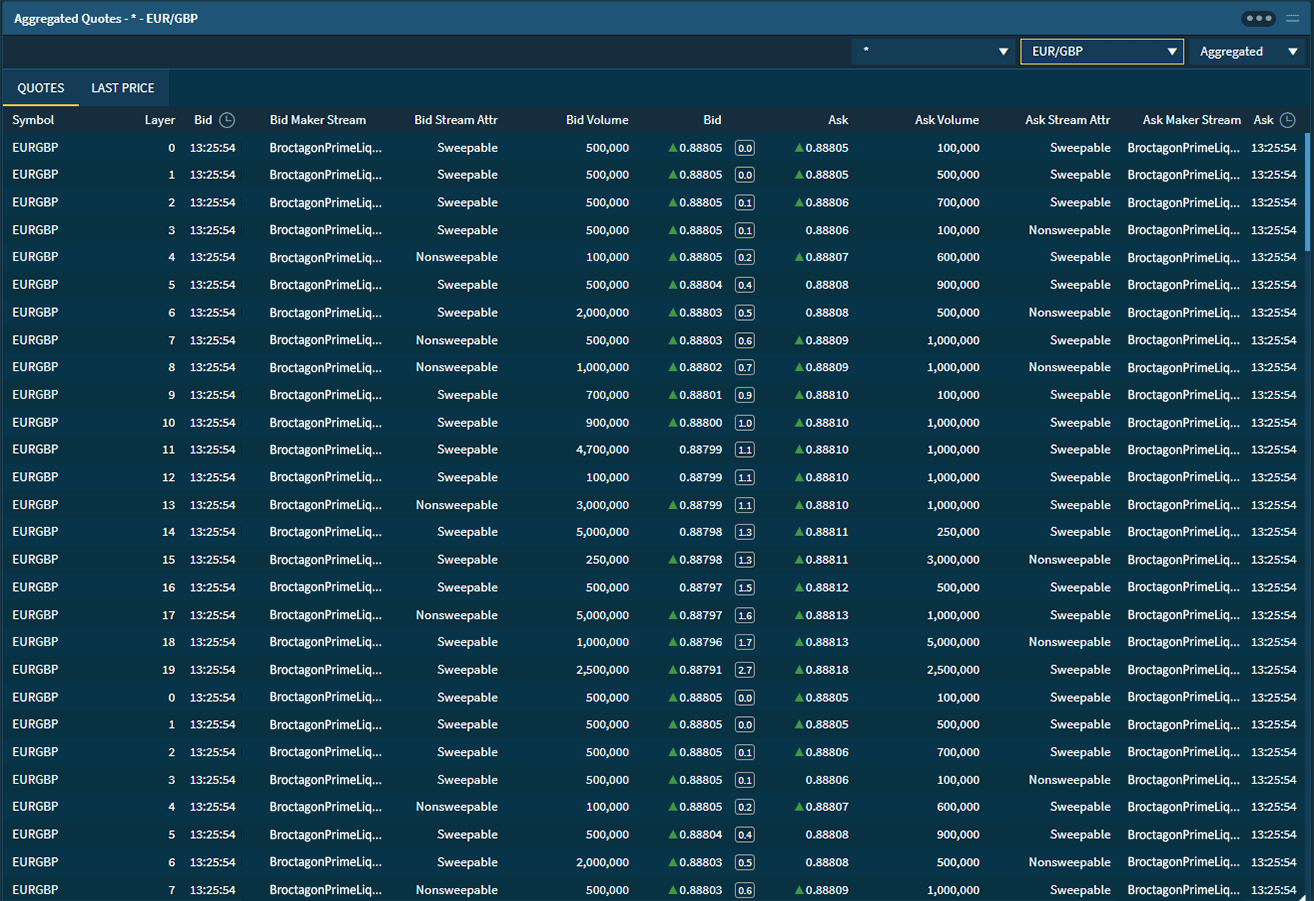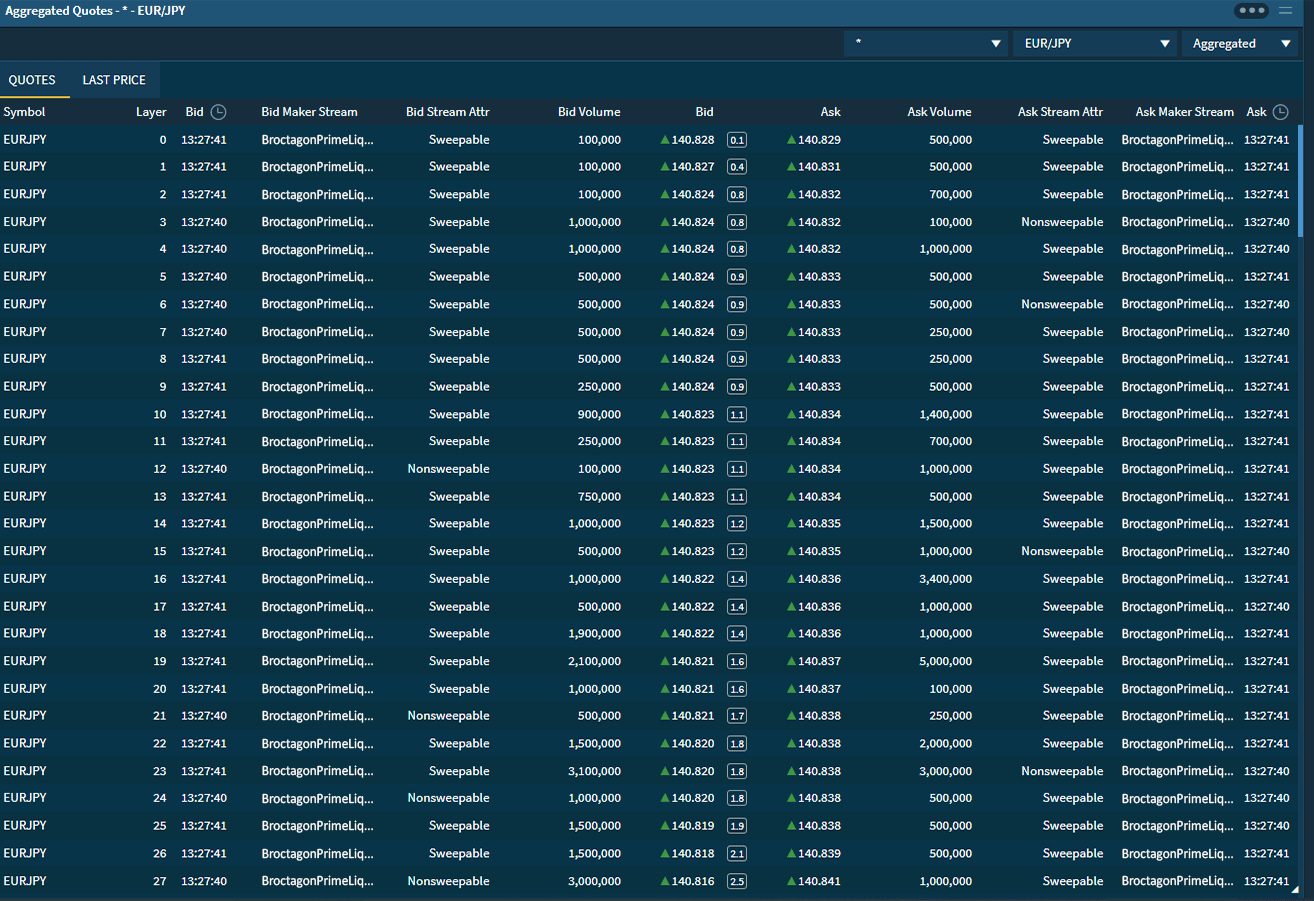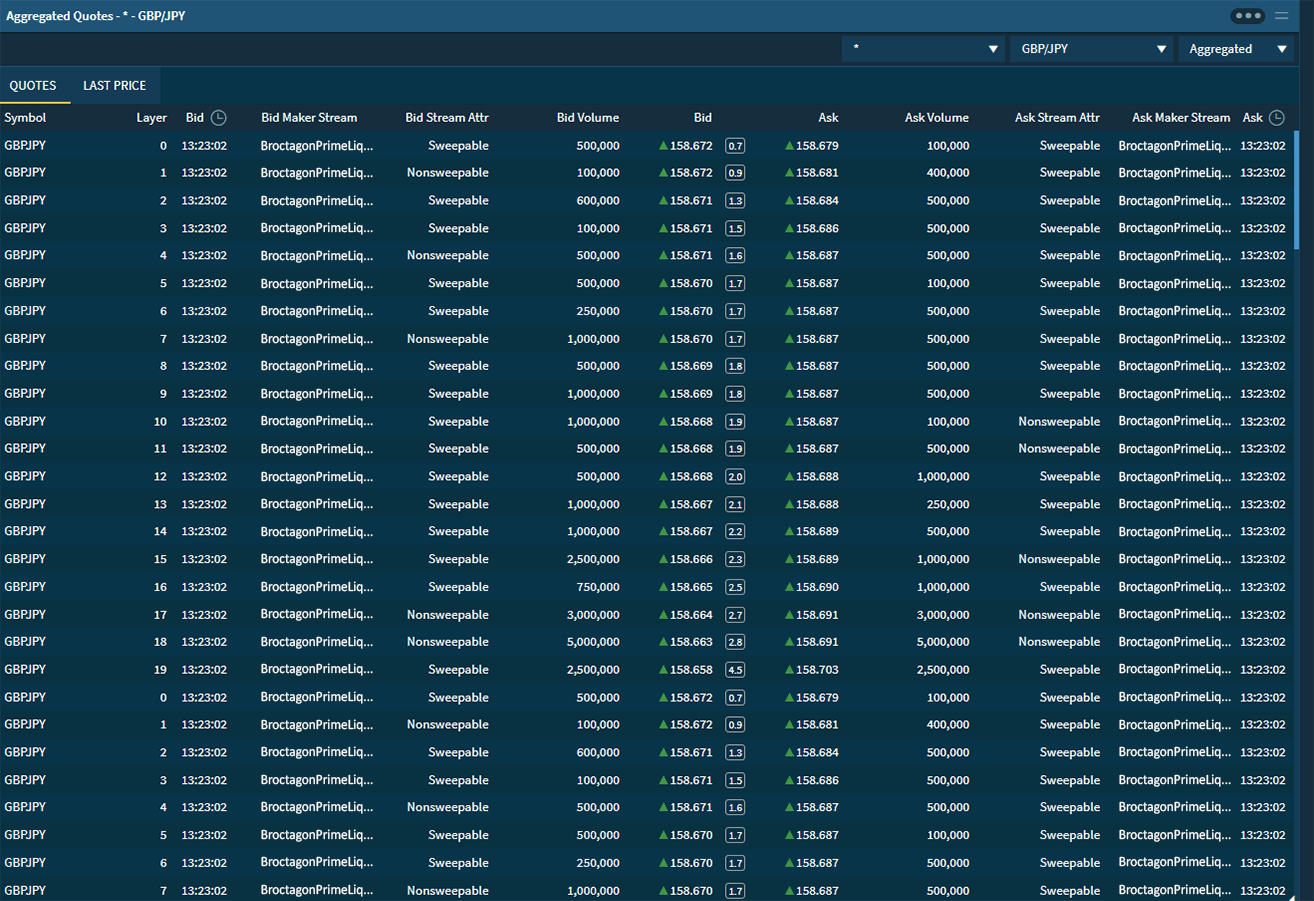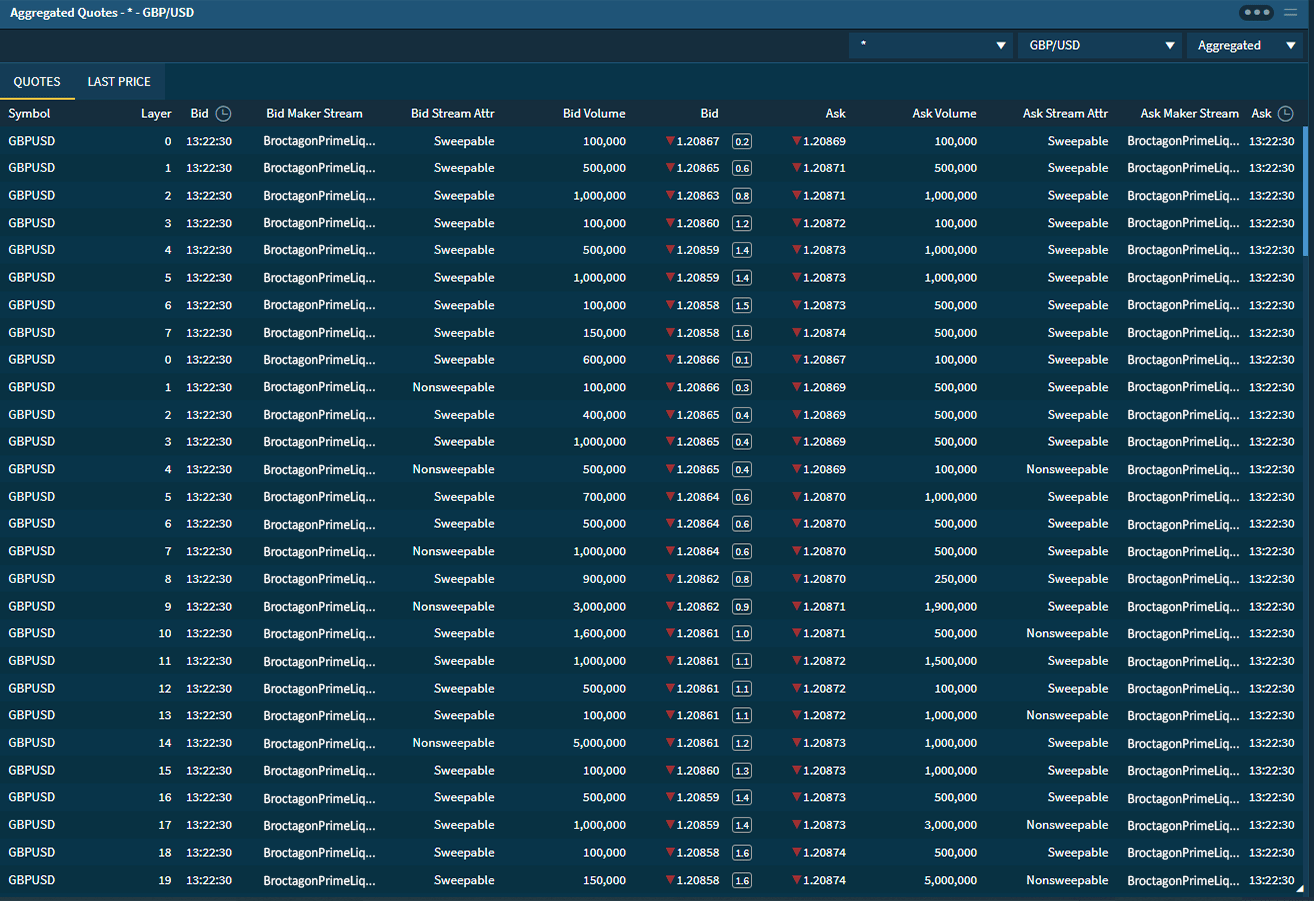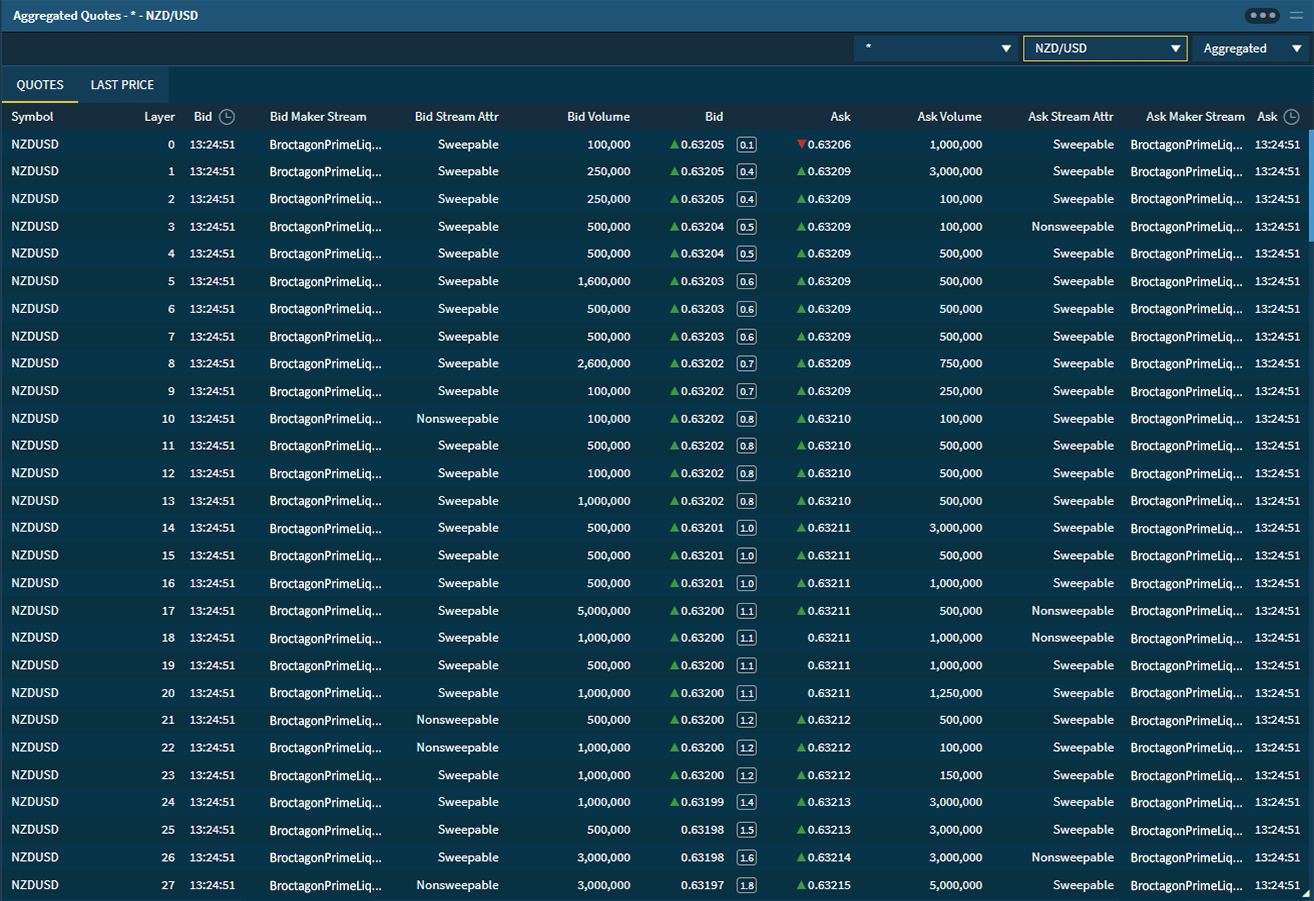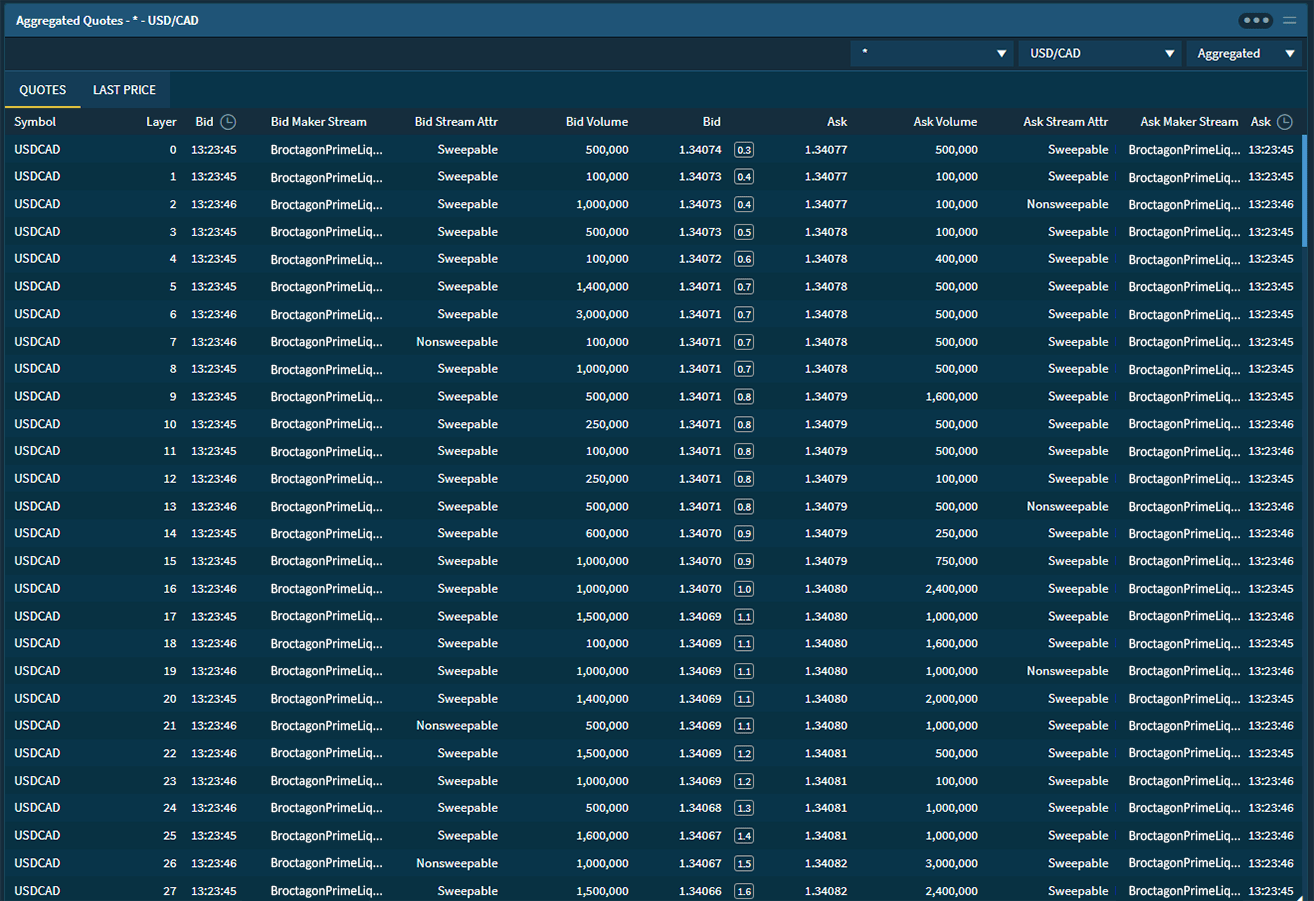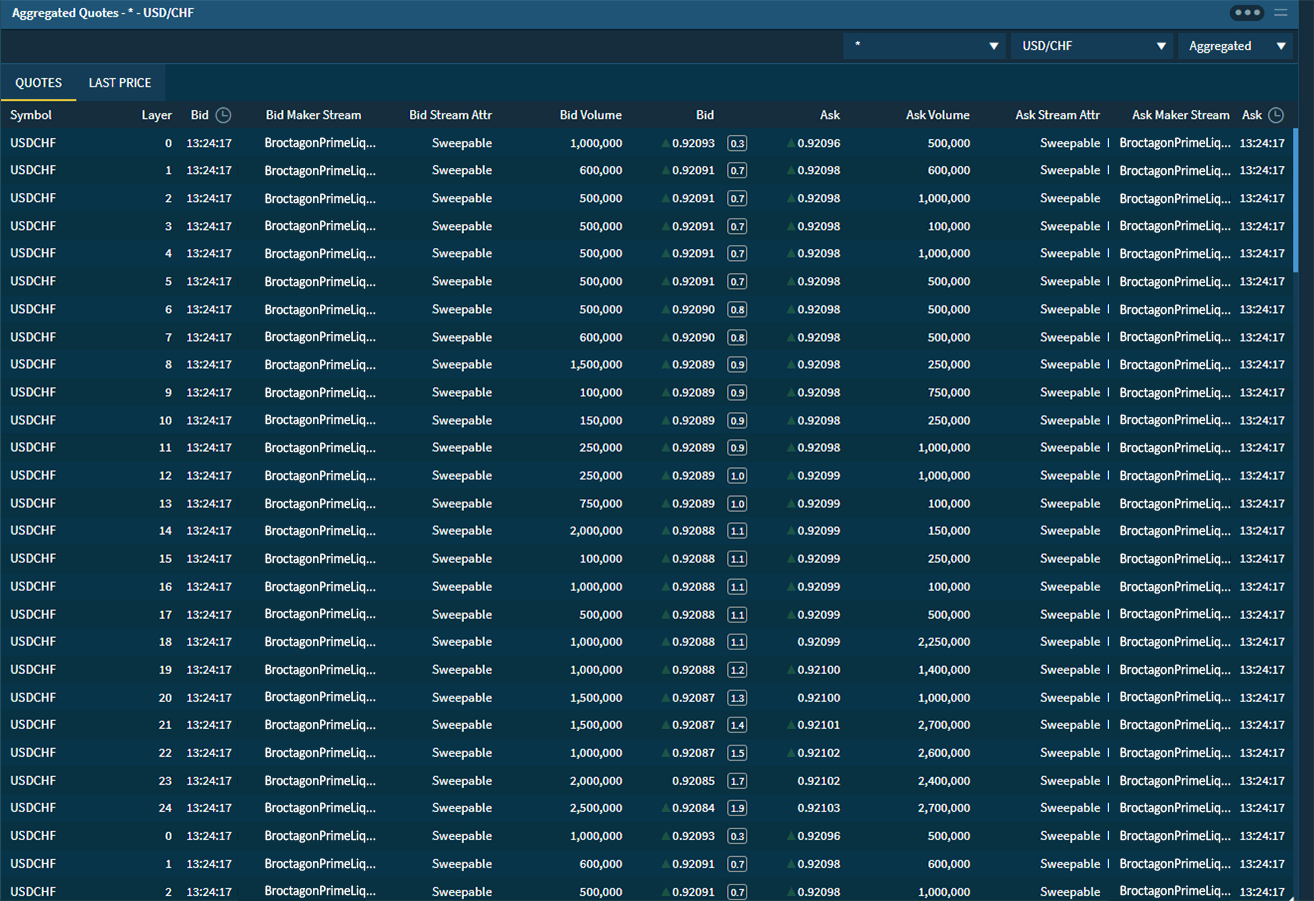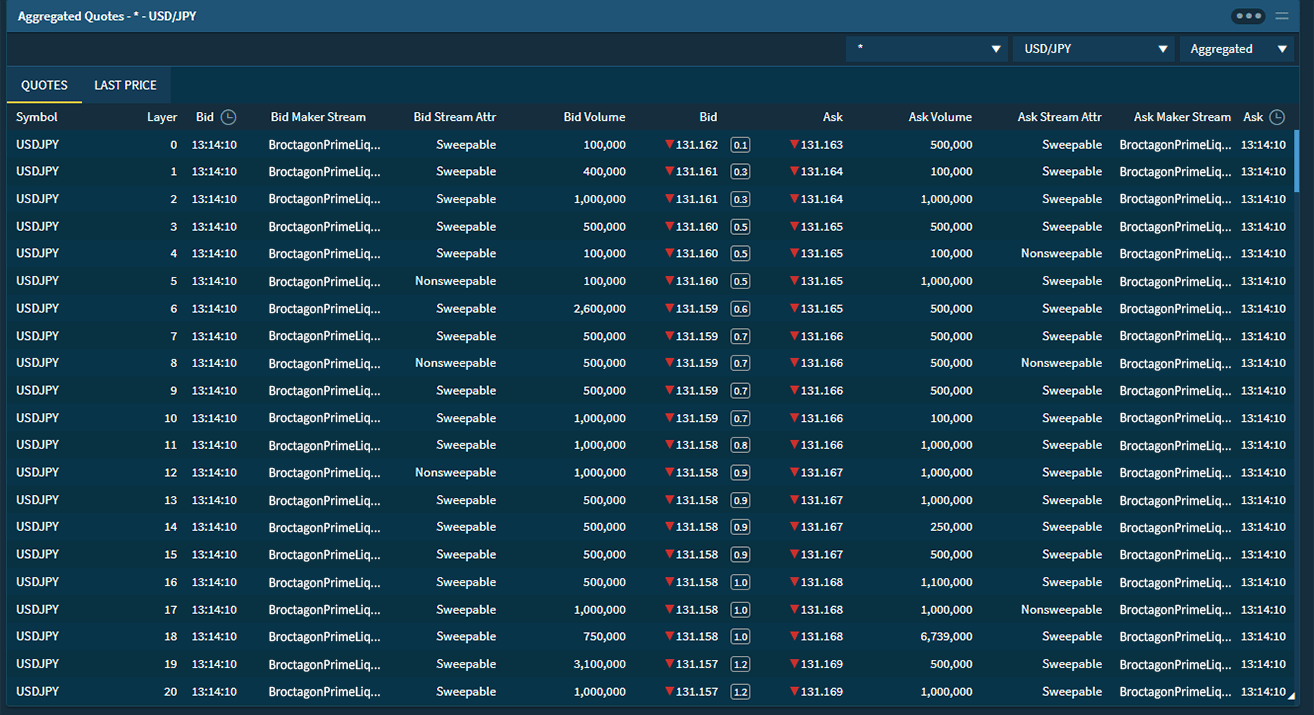How Much Does It Cost to Start a Forex Brokerage?
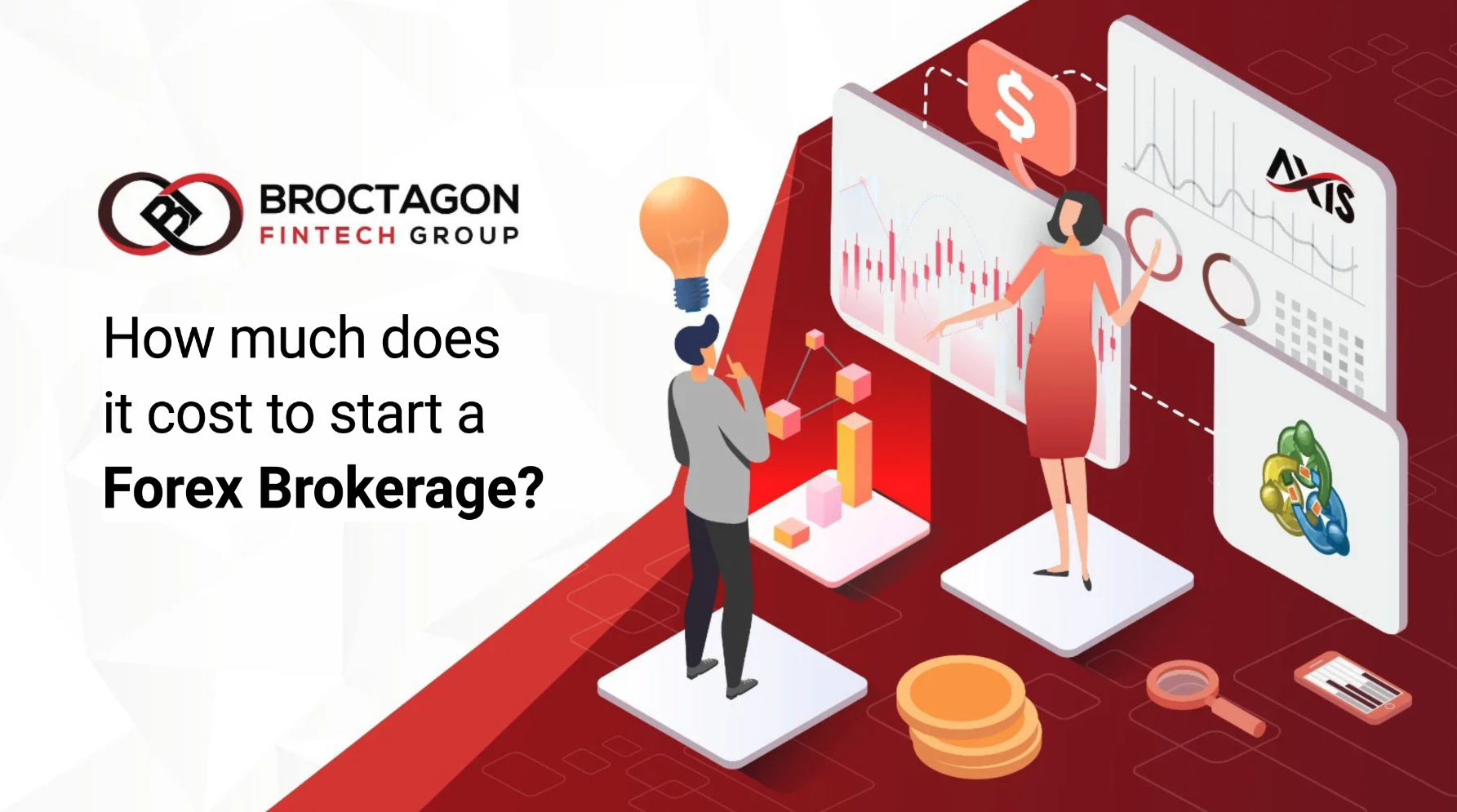
Starting a Forex Brokerage can be a thrilling business venture. However, just like any other business, it is crucial to take into account vital aspects such as developing a sound business plan, registering the business, obtaining the necessary technology, partnering with liquidity providers, and selecting the types of trading assets to offer. You might be wondering, how do I start, and how much is the cost to start a forex brokerage?
Cashflow plays a significant role in most start-ups and businesses and an FX Brokerage is no exception. One of the main challenges is the failure to recognize and prepare for the running expenses. This article will explore the factors to consider when calculating the cost of setting up a new brokerage. With this knowledge, you can proceed with clarity.
How much does it cost to start a Forex Brokerage?
If you want to start a Forex Broker but are concerned about the capital required, then this article is for you. We will explain and breakdown the potential cost to start a forex brokerage, and the potential things will have to bear for every aspect. While launching your Forex Brokerage, you have the choice of:
- Building an FX Brokerage from scratch
Cost Estimate – upwards of $60,000 to $100,000 per month (excluding operational manpower costs). Cost is dependent on the size of your IT team and the complexity of the product you are developing. - Selecting a White Label Solution
Cost Estimate – between $4,000 to $8,000 a month (excluding operational manpower costs). Cost is dependent on your number of users and whether you require additional customizations and plugins.
Both options have their pros and cons. While developing from scratch provides you full control and technology ownership, it demands a monumental amount of time, resources and money. To do so successfully, you must possess a significant technological expertise and a thorough understanding of the Forex business modus operandi. The capital outlay is also highly intensive to maintain a team of engineers, DevOps, solution architects and more. The basic salary of such a team to develop all the technological aspects will be minimally tens of thousands of dollars. This intricate and time-consuming process coupled with high entry barriers is the reason why many entrants opt to use existing white label solutions to enter the lucrative Forex market.
Turnkey solution providers offer a fuss-free approach that saves both time and money, leveraging ready-technology and that can be deployed for your immediate usage. Although there are more limitations as compared to developing your own software, modern White Label solutions are extremely modular and are highly customizable and more often than not, able to satisfy the unique requirements of each Forex Broker.
In the following sections, we will explore the various White Label Solutions available to complete a full brokerage setup.
What type of fees to expect for starting a Forex business?
The charging model for providers varies with many accompanying factors for consideration. However, aspiring brokers can expect the following categories of fees.
Setup fee
These are usually one-off fees associated with the first configuration and branding to suit your brokerage’s specific requirements. This could be setting up a trading platform, a Client Office (CRM), or liquidity.
Monthly fee
These are recurring licence fees to Technology Providers for utilizing their software. These fees are commonly based on user count and inclusive of hosting fees.
Volume-based fee
These type of fees are usually paid to Liquidity Providers for the total volume of transactions executed. Such fees also apply to Payment Solution Providers and charged based on the volume of funds processed.
Now, let’s dive deeper into each component to understand the accompanying cost to start a forex brokerage.
Incorporation and Licensing
For a Forex Broker to be considered trustworthy and legitimate, it is crucial to register as a financial body with a reputable regulator. This process involves incorporating a company and obtaining a license from the regulatory body, which comes with varying fees and requirements depending on the jurisdiction and type of license. Some licenses may require a regulatory capital that ranges from 100,000 USD to upwards of £750,000, especially for principal licences.
Besides costs, time is also an important factor to consider before deciding your regulatory body of choice. Established regulators such as Cyprus Securities and Exchange Commission (CySEC), UK’s Financial Conduct Authority (FCA), or Labuan Financial Services Authority (LFSA) may take more than 12 months and cost upwards of 80,000 USD for the application.
Forex licences in jurisdictions such as Vanuatu, Comoros, Mauritius, and Seychelles may take anywhere from 2 to 6 months and cost upwards of 20,000 USD.
It is important to note that some software solution providers require certain licenses in order to onboard. Less-reputed licences may not be accepted. Therefore, it is essential to evaluate the licensing fees and requirements of various regulatory bodies to determine the most suitable option for your brokerage.
The process can also be significantly hastened by working with a FX full-suite provider that offers incorporation and licensing consultancy and services.
Disclaimer: Fees are accurate at the time of publish and are offered as an estimate. Fees may vary based on the complexity of the application.
Banking and Payments Channels
In order to collect deposits for your Forex Brokerage, you will need to consider banking options and payment systems. Under certain offshore jurisdictions, you may require an agent to help with the opening of bank accounts and service fees can range in a couple of thousand dollars.
To facilitate easy deposits and withdrawals for your traders, integrating with reputed payment service providers (PSPs) are also important. Fees generally range between 1.5% to 5% of volume, depending on the size of your monthly transactions and currency type, in addition to a fixed fee per transaction.
To easily access a wider range of PSPs, it is advisable to choose a software solutions provider that has pre-integrated with these channels, so everything is readily available and there is no further technical hassle on your end.
Technology
Trading Platform
The core element of any Forex Broker is none other than the trading platform. It needs to be robust, secure, intuitive and packed with trading tools for your clients.
Recognized as the industry standard by the global trading community, the MetaTrader 4 and MetaTrader 5 stands out as the preferred choice of trading platform. In order to apply for the MT4 or MT5 Main Label licence, you will be required to pass a stringent KYC process and a major Forex License is a prerequisite that will set you back tens of thousands. At the time of publishing, White Labels are no longer being offered and Main Labels will cost upwards of 7,500 USD per month and increase based on the number of users.
Other prominent platforms include the cTrader and ZeroX Trader amongst others. These platforms also offer multi-platform trading terminals on desk, web, and mobile and are great alternatives to the MetaTrader 4 and 5. There are usually no major license requirements, and the monthly fees start from 3,000 USD, at a more affordable range. Do note that different platform providers’ charging model varies, while some are also based on user count, others could be volume based with a monthly minimum fee.
CRM (Client Portal + Admin Backoffice)
A great CRM is indispensable for Forex Brokers, given how such software can streamline client management and enhance end-user experiences. A CRM usually consists of 2 main components:
Client Portal – The frontend login for traders to manage all their accounts at a glance, change preferences, deposit and withdrawal funds and interact with support etc.
Admin Backoffice – A backend login for your Broker’s operational team to handle all clients’ requests, access reports, manage user roles and leads etc.
These functionalities of a CRM become increasingly important as you expand, granting the automation necessary for scalability.
Selecting the right CRM for your brokerage is crucial for driving business success. The ideal Forex Brokerage CRM should be modular, highly customizable, and dynamic with automated marketing and Introducing Broker (IB) management tools, enabling brokerages to build networks and increase visibility for their brand. The best brokerage CRM will prepare your brokerage for rapid expansion by offering a range of tools, from affiliate marketing to ticketing support, to ensure smooth onboarding and retention of clients. Learn about some key features a good brokerage CRM should have here.
Broctagon is home to one of the industry’s most powerful Forex Broker CRM. With more than 350 customizable parameters and a multi-tiered IB/affiliate system, Broctagon’s AXIS CRM can be branded and deployed in just 24 hours. Fully integrated with MT4, MT5, cTrader, and ZeroX with an open API Marketplace that is preconnected to VoIP, KYC, and Payment service providers, your Brokerage can begin operations instantly.
Depending on the user count, and choice of SaaS or dedicated, a CRM setup and licensing fee from Broctagon begins at 500 USD with no compromise on functions across all packages.
Liquidity
The choice of Liquidity Provider affects the product offerings and trading environment that a brokerage can provide its clients. It is essential to choose a liquidity provider that offers tight spreads and a wide range of instruments so that your brokerage is competitively priced with sufficient market exposure. Even more importantly, it is crucial to work with a licensed and regulated liquidity provider in reputable jurisdictions, to reduce your counterparty risk.
Established providers typically offer Prime of Prime (PoP) liquidity, which acts as an intermediary between retail Forex Brokerages and Banks (Prime Brokers). This enables the retail Forex Brokerage to gain access to institutional interbank liquidity, providing the necessary liquidity for seamless trade execution.
Broctagon is a leading Prime of Prime, dual-licensed (CySEC, Labuan FSA) Liquidity Provider with more than 1800+ assets across FX, Metals, Oil, Commodities, Indices, Shares (US/HK/EU/JP/UK) ETFs, Futures and Crypto CFDs. Via proprietary price aggregation technology, we stream liquidity up to 10-tier Depth of Market (DOM) with a straightforward “plug and play” integration even for clients with no existing liquidity bridge. The charging model for most liquidity providers is a monthly minimum fee and volume fee, whichever is higher.
The Monthly minimum fee for Broctagon liquidity starts from 2,500 USD per month with a flat volume fee across all instrument types.
Conclusion
The cost to start a Forex Brokerage business can be complex with many movable parts and factors. It requires a thorough analysis of various elements such as the type of business structure, location, licensing, technology, liquidity providers, payment systems, and customer relationship management. Moreover, different jurisdictions have different regulatory requirements and compliance costs, which can affect the overall expenses.
Therefore, it is important for aspiring brokers to approach this process with careful consideration and planning. It is also advisable to seek professional advice from experienced full-suite solution providers who have both the width and depth of experience to help ensure you make informed decisions to minimize any unnecessary risks and detours.
By taking these steps, new brokers can determine the most effective and efficient way to start their business and build a strong foundation for long-term success in the highly competitive forex market.
If you wish to speak with our specialist for a free consultation, we are always happy to chat.
About Broctagon Fintech Group
Broctagon Fintech Group is a leading multi-asset liquidity and FX technology provider with over 15 years of global expertise. We empower forex brokers with performance-driven, bespoke solutions — anchored by our flagship AXIS FX CRM, institutional-grade liquidity, and prop-trading solutions. Trusted by 350+ clients in 50+ countries, we deliver the technology that keeps brokerages ahead of the curve.


